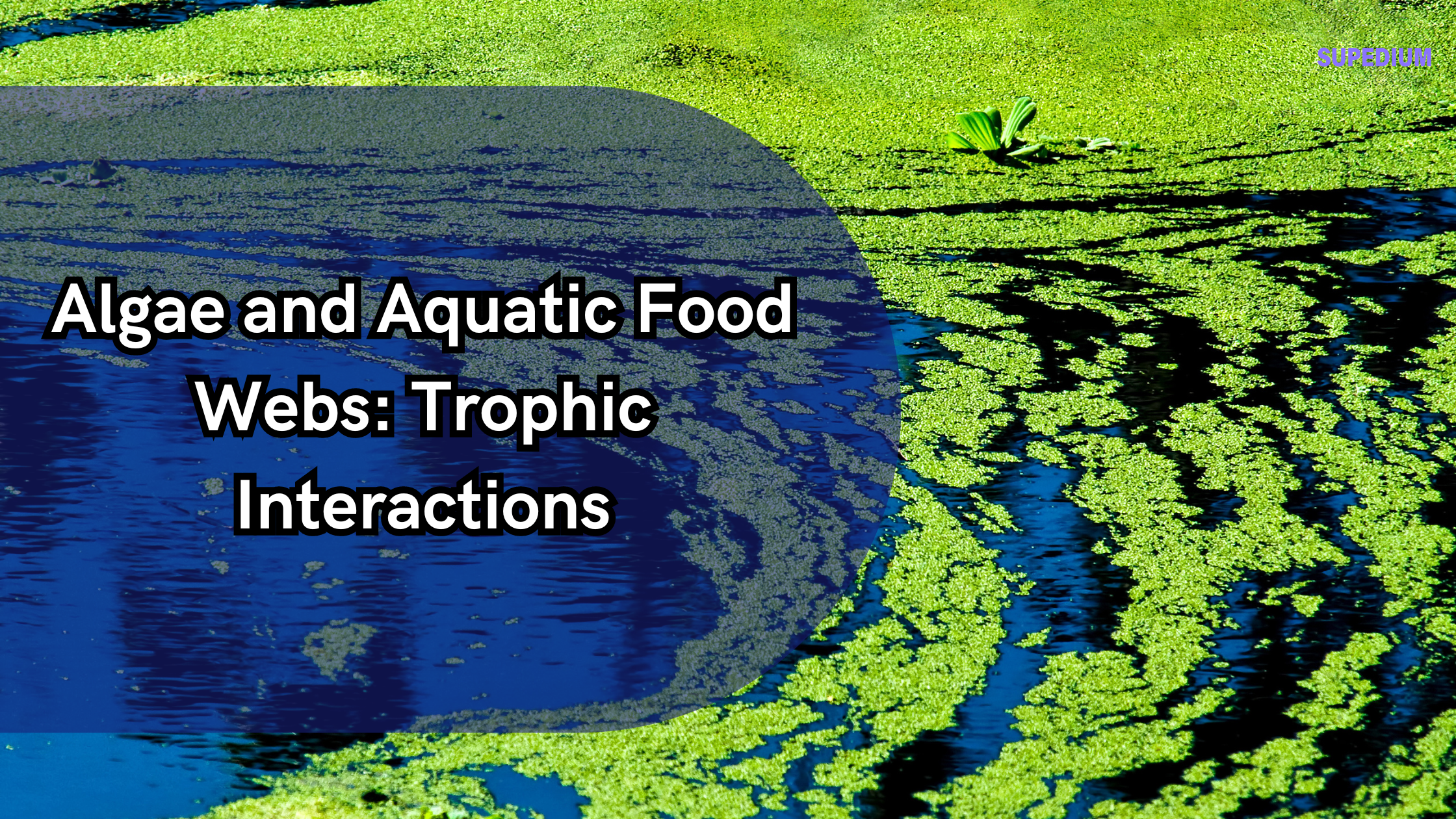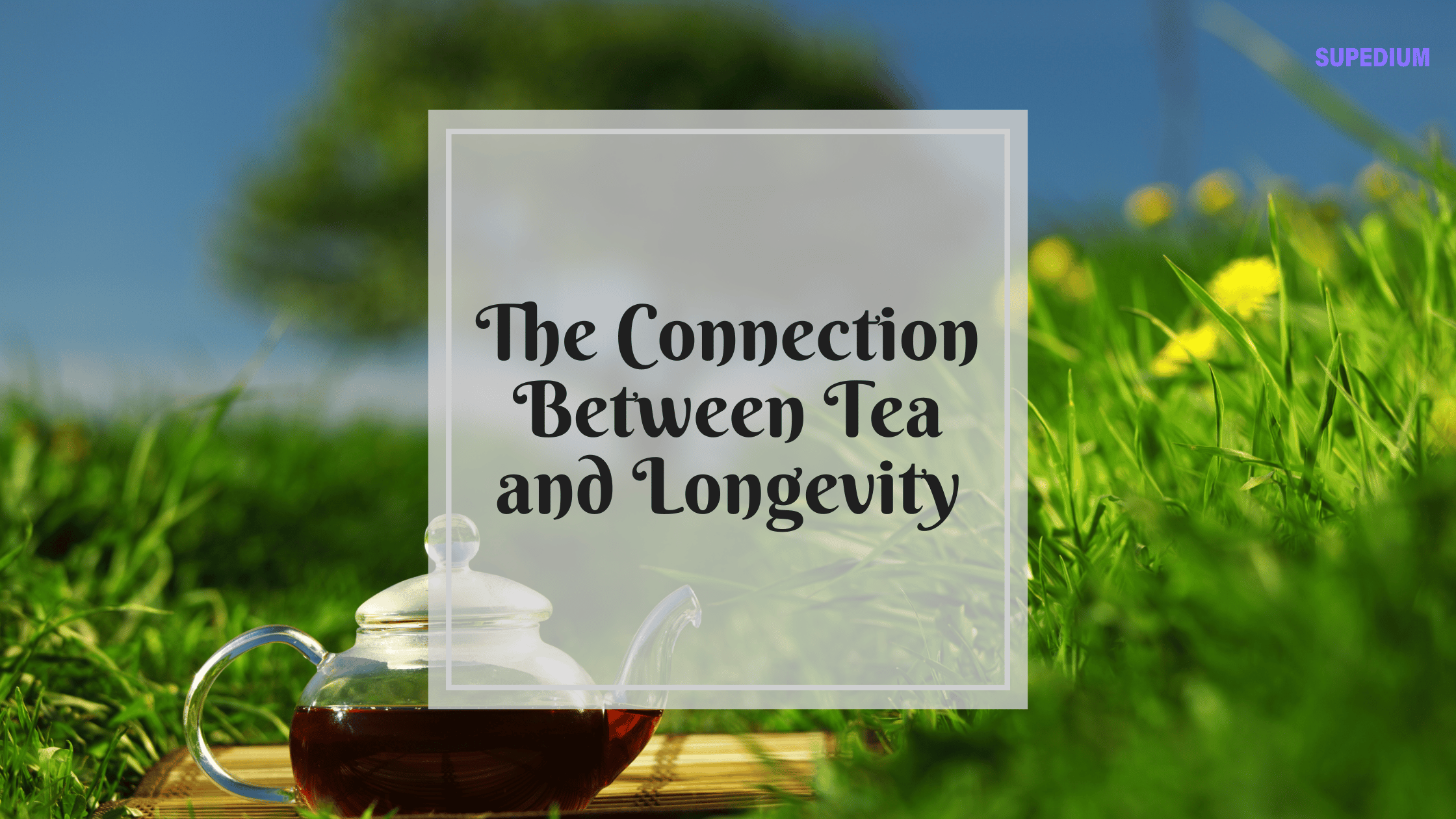Table of Contents
![]()
Introduction
Algae are pivotal in aquatic ecosystems, serving as fundamental components of the food web. These photosynthetic organisms vary widely in form and function, from microscopic phytoplankton to macroscopic seaweeds. Their role as primary producers is crucial, as they convert solar energy into chemical energy, forming the base of aquatic food webs. Understanding how algae interact with other organisms helps elucidate the dynamics of aquatic ecosystems and the effects of human activities on these systems.
Algae as Primary Producers
Algae are classified into several categories based on their size and habitat. Phytoplankton, the microscopic algae, include diatoms, dinoflagellates, and cyanobacteria. Diatoms are characterized by their silica-based cell walls, while dinoflagellates have unique flagella that aid in mobility. Cyanobacteria, often referred to as blue-green algae, are known for their ability to fix atmospheric nitrogen. Macroalgae, or seaweeds, are larger and include green algae (e.g., Ulva), brown algae (e.g., Laminaria), and red algae (e.g., Porphyra).
These algae are primary producers that perform photosynthesis, converting sunlight into energy and forming the basis of aquatic food webs. Their productivity can significantly influence the overall productivity of aquatic systems, such as oceans, lakes, and rivers.
Trophic Interactions Involving Algae
Herbivores and Algae
Algae are consumed by various herbivores across different aquatic environments. Zooplankton, such as copepods and cladocerans, graze on phytoplankton, transferring energy up the food chain. Herbivorous fish, including damselfish and surgeonfish, feed on both phytoplankton and macroalgae, influencing algal populations and community structure. Additionally, macroinvertebrates like mollusks and aquatic insects play a role in consuming algae, particularly in freshwater systems.
Algae and Higher Trophic Levels
The consumption of algae by herbivores affects higher trophic levels. Carnivorous fish, which prey on herbivores, are indirectly dependent on algae for their energy. Omnivorous species may consume both algae and other organisms, leading to complex food web interactions. Invertebrate predators, such as predatory insects and certain marine invertebrates, also rely on algae-based food webs to sustain their populations.
Nutrient Dynamics and Algae
Role of Nutrients in Algal Growth
Algal growth is heavily influenced by nutrient availability. Essential nutrients like nitrogen, phosphorus, and silica are crucial for algal proliferation. Eutrophication, the enrichment of water bodies with nutrients, can lead to excessive algal growth and blooms. These blooms can alter the structure of aquatic communities by outcompeting other species and disrupting normal trophic interactions.
Effects of Nutrient Availability on Food Web Structure
Changes in nutrient levels can significantly impact food web dynamics. Increased primary production from algal blooms can lead to shifts in species composition, affecting the abundance and diversity of herbivores and predators. For example, nutrient enrichment may favor certain algal species over others, leading to imbalances in the food web and potentially causing cascading effects throughout the ecosystem.
Human Impact on Algae and Aquatic Food Webs
Pollution and Eutrophication
Human activities, particularly agriculture and wastewater discharge, contribute to nutrient pollution in aquatic systems. This leads to eutrophication, characterized by nutrient-induced algal blooms. These blooms can cause hypoxia, or low oxygen conditions, detrimental to aquatic life. Additionally, toxic algal blooms can produce harmful effects on both aquatic organisms and human health.
Climate Change
Climate change impacts algal dynamics in several ways. Rising temperatures can affect algal growth rates and distribution. Changes in precipitation patterns and increased runoff may alter nutrient inputs into aquatic systems. These shifts can disrupt trophic interactions, affect food web stability, and impact the health of aquatic ecosystems.
Case Studies
Freshwater Ecosystems
In freshwater systems, such as lakes, algal blooms are often driven by nutrient runoff from agriculture. These blooms can lead to reduced water quality and altered food web structures. For instance, blooms of cyanobacteria in lakes have been associated with declines in fish populations and shifts in macroinvertebrate communities.
Marine Ecosystems
Marine ecosystems, such as coral reefs, face challenges from macroalgal overgrowth. In healthy coral reefs, corals outcompete macroalgae for space. However, nutrient enrichment and overfishing can lead to macroalgal dominance, affecting the entire reef ecosystem. Studies have shown that shifts in algal communities can influence fish populations and coral health, demonstrating the interconnectedness of marine food webs.
Future Directions and Research
Monitoring and Managing Algal Blooms
Advancements in monitoring technologies and predictive modeling are crucial for tracking and managing algal blooms. Remote sensing and in situ sensors can provide real-time data on algal growth and nutrient levels. Management strategies, including nutrient reduction and habitat restoration, are essential for mitigating the impacts of eutrophication and maintaining healthy aquatic ecosystems.
Understanding Long-Term Impacts
Future research should focus on understanding long-term changes in food webs due to evolving algal dynamics. Predictive models and long-term monitoring programs can help anticipate shifts in species interactions and ecosystem health. Preserving aquatic ecosystems requires a proactive approach to managing nutrient inputs, protecting habitats, and addressing climate change.
Conclusion
Algae play a fundamental role in aquatic food webs as primary producers. Their interactions with herbivores and higher trophic levels are crucial for maintaining ecosystem function and health. Human activities and environmental changes pose significant challenges to these systems, necessitating continued research and effective management strategies. By understanding the intricate relationships within aquatic food webs, we can better address the impacts of anthropogenic pressures and work towards sustainable solutions for preserving aquatic environments.
Share This





Be the first to comment